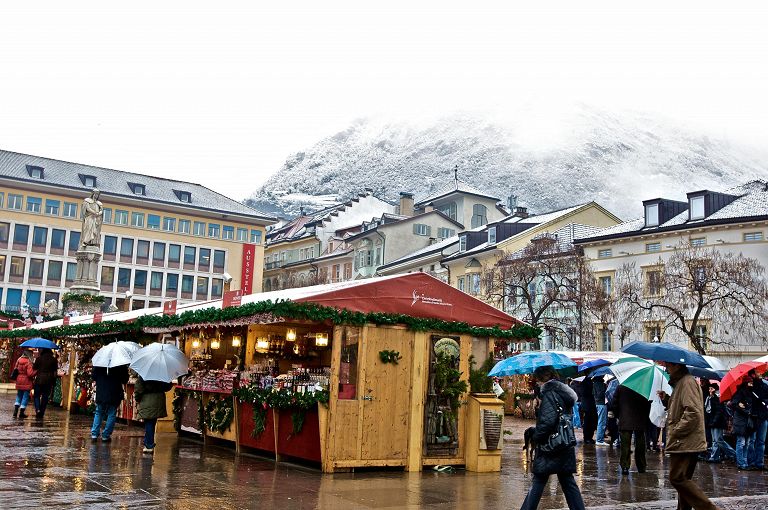93 percent of Italians heading to the Immaculate Conception will choose Italy as their destination, while 7.7 percent will move abroad. This is evident from Federalberghi forecasts.
After being forced into forms of enforced isolation and insecurity due to the pandemic, Italians seem to want to forget the difficulties for a moment by taking to the road. “All in the name of relaxation,” comments Federalberghi President Bernabò Bocca. “If our internal tourism marks a movement of 92.3 percent of Italian travelers who will leave for the Feast of the Immaculate Conception, it is a signal that should not be overlooked and above all should be considered essential for future strategies. In my opinion it represents a… good hope for the opening of the winter season.”
Holidays of the Immaculate Conception (ansa)
Fedralberghi’s investigation: It will be an approach bridge
About 10 million and 118 thousand Italians (between adults and minors) will travel for the Feast of the Immaculate Conception. 92.3 percent stay in Italy, while 7.7 percent go abroad.
There will be a bridge close: more than half of those who stay in Italy (50.8 percent) will stay in the region of their residence and 30.6 percent will go to a region close to where they live. This is the result of the forecast survey carried out by ACS Marketing Solutions for Federalberghi on the tourist movement of Italians for the long weekend of December 8th. The preferred destinations are, in order of preference: places of art, the mountains, the sea and then the thermal baths and the lake.
The house of relatives or friends is chosen as accommodation by 36 percent of travelers, followed by hotels for 26.5 percent and bed and breakfasts for 11.8 percent. On average, each traveler spends around three to four nights away from home.
The average per capita expenditure including transport, accommodation, meals and entertainment amounts to 416 euros, with a turnover of around 3.2 billion euros.
Local tourism and agritourism
About 420,000 Italians have chosen to spend the holiday of the Immaculate Conception in a farmhouse in the name of good food and relaxation, but also safety, since in the countryside it is easier to ensure that social distancing is respected. Coldiretti confirms this with reference to the Federalberghi analysis. A decision oriented towards local tourism, with the rediscovery of small villages and small towns in the countryside, which has led to the structures expanding the range of activities with innovative services for sportspeople, nostalgics, the curious and environmentalists.
Available, Coldiretti points out, there are more 24,000 agritourism businesses in Italywhich offers a potential of more than 262,000 beds and 462,000 places for refreshments and over 1,500 educational farm activities for the little ones.
 handle
handle Holidays of the Immaculate Conception (ansa)
A “salty” bridge of December 8th
Codacons estimate it will cost an average of 17.3 percent more to get away from home for a few days this year, due to price and tariff increases in transportation and vacations this year to mark the Feast of the Immaculate Conception. In the travel sector, many items are seeing double-digit increases, Codacons denounces, and at the top of the list of increases are airline ticket prices, with international flights posting a record +51 year-on-year increase of 3 percent, while domestic flights are up + 18.9 percent recorded. Traveling by sea with ships and ferries costs more (+7.4 percent), those who opt for a package tour must expect an average of +11.5 percent higher costs. A real strain on car travel – analyzes Codacons – due to increased fuel prices, with petrol now costing 25.3 percent more than last year and diesel even 27.9 percent more.
Sleeping in is also more expensive: Hotel prices have risen by +4.4 percent annually, and an average of 6.7 percent more is spent on a holiday village. Not even restaurants are cutting corners: on average, 2.8 percent more is spent on eating out on the Feast of the Immaculate Conception.